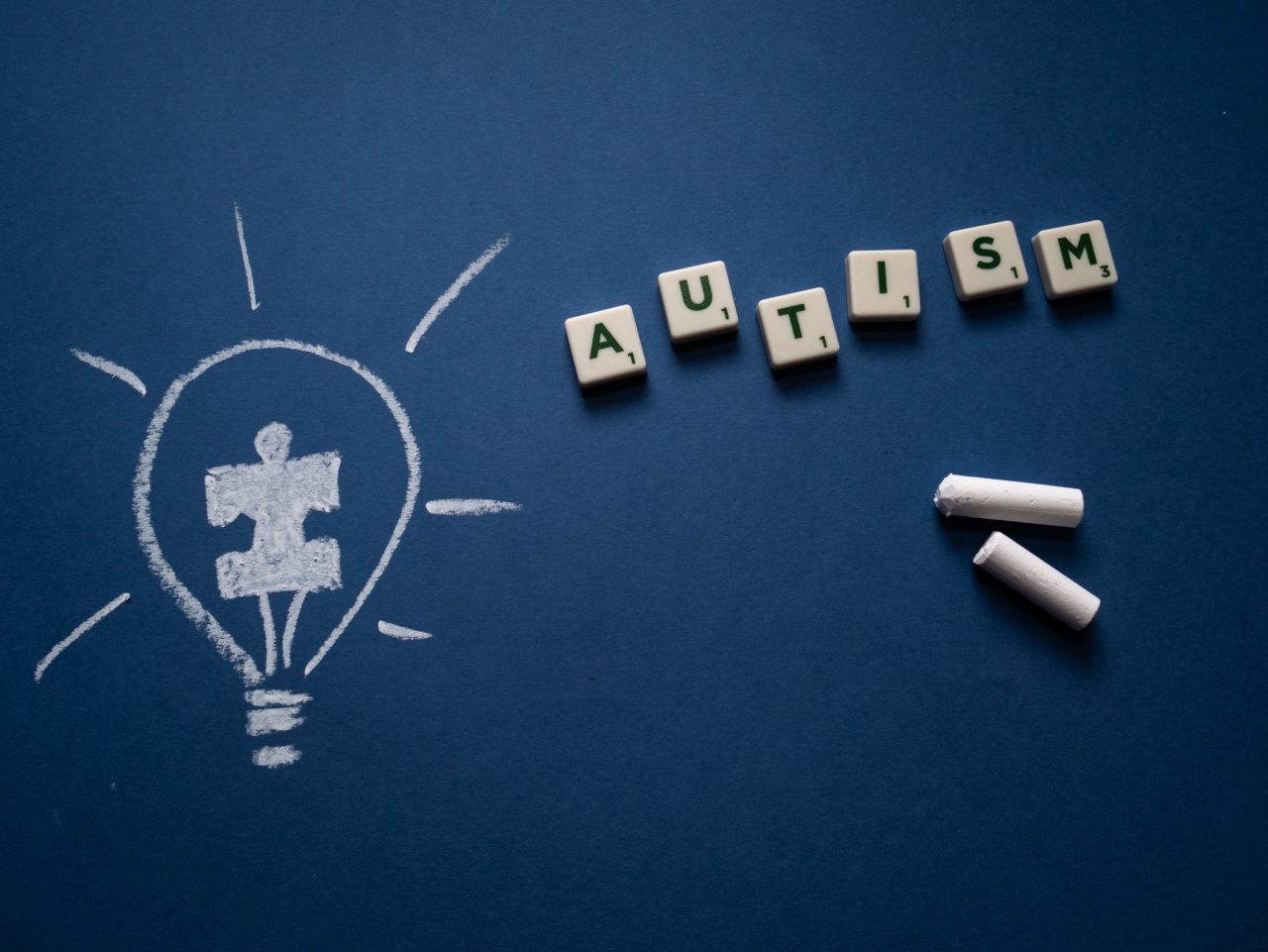Autism Spectrum Disorder (ASD) is a neurodevelopmental disorder characterized by deficits in social communication and interaction, as well as restricted, repetitive patterns of behavior, interests, or activities.
In recent years, there has been growing concern regarding the experiences of individuals with ASD during hospitalization. This review aims to summarize the current literature on ASD and hospitalization, highlighting important considerations for healthcare providers and caregivers.
Prevalence of Hospitalization in ASD
Several studies have reported increased rates of hospitalization for individuals with ASD compared to the general population.
In a population-based study from Sweden, individuals with ASD had a 2.4 times higher risk of hospitalization compared to individuals without ASD. Another study using data from the National Health Interview Survey in the United States found that children with ASD had a 2.4 times higher rate of hospitalization compared to children without ASD.
These findings suggest that individuals with ASD may be at increased risk for health problems that require hospitalization.
Challenges during Hospitalization
Individuals with ASD may face unique challenges during hospitalization that can contribute to increased stress and difficulties in receiving appropriate care.
Communication difficulties may make it difficult for individuals with ASD to express their needs and understand medical information. Sensory sensitivities, such as sensitivity to lights or noise, may exacerbate stress and anxiety during hospitalization.
Changes to routine and environment can also be stressful for individuals with ASD, leading to increased agitation or disruptive behavior. These factors may make it difficult for healthcare providers to deliver optimal care to individuals with ASD.
Strategies for Improving Care
Several strategies have been proposed to improve the hospitalization experience for individuals with ASD. One approach is to provide sensory-friendly environments that are designed to minimize distressing stimuli.
This may include reducing bright lights, providing noise-cancelling headphones, or allowing patients to use familiar objects from home. Visual supports, such as picture schedules or visual aids, may also be helpful in providing structure and facilitating communication.
Communication training for healthcare providers may also be beneficial in ensuring that individuals with ASD receive appropriate care and have their needs met.
Conclusion
Hospitalization can be a stressful and challenging experience for individuals with Autism Spectrum Disorder.
Healthcare providers and caregivers need to be aware of the unique needs and challenges faced by individuals with ASD in order to provide optimal care. By incorporating strategies such as sensory-friendly environments, visual supports, and communication training, healthcare providers can improve the hospitalization experience for individuals with ASD.































